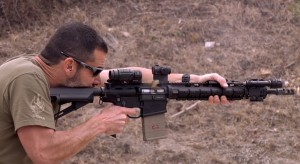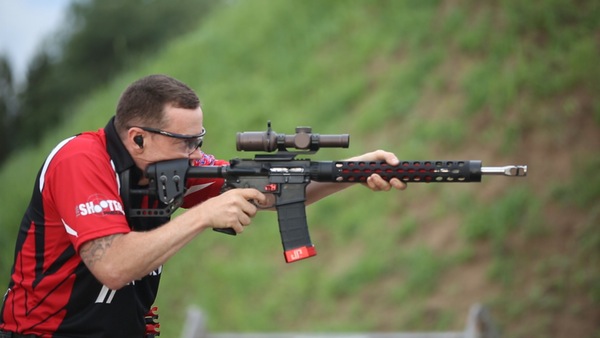C. J. Chivers On The AK-47, AR-15 And Terrorism
BY Herschel SmithC. J. Chivers writing for The New York Times has an extensive piece entitled Tools of Modern Terror: How the AK-47 and AR-15 Evolved into Rifles of Choice for Mass Killers. I recommend that you read it.
Chivers has the usual (for him) admiration for the AK-47 as a weapon that never fails. “The Kalashnikov line was shorter and lighter than traditional rifles. It was inexpensive to manufacture, built for durability and reliable to an extraordinary degree. With few moving parts, and a design that made its disassembly and reassembly almost intuitive, its basics could be mastered by all manner of combatants — from traditionally instructed conscripts to almost wholly untrained guerrillas — in very little time.”
But fail it does. I blogged on OIF and OEF long enough and had enough friends and acquaintances who had done combat tours in Iraq or Afghanistan that I heard some horror stories about AK-47s that wouldn’t fire more than a round or two and have a FTF / FTE, and that a shooter couldn’t hit the “broad side of a barn” with it. I’ve shot one, as have you, and those complaints may be exaggerated, but they are about as exaggerated as the complaints against the AR-15.
Chivers focuses some of his time on the initial failure of the Stoner weapon system in Vietnam, while not spending much time on the Molly-Chrome or Stainless Steel barrels found today in AR-15s. With upgraded buffer springs, enhanced extractor springs, etc., that make the M4/AR-15 weapons so reliable today, we really do have the professional soldier’s weapon that can be used by the masses, or in other words, the tight tolerances, accuracy and recoil-along-the-axis design (as opposed to coupling around the shooter’s hand with the angled buttstock) that makes it such an admirable carbine for shooters of any skill. We’ve had virtually every imaginable torture test, and the high end AR-15s outperform not only AKs but the Garand and Garand variants (M-14). My Rock River Arms AR-15 could be beaten with a sledge hammer, soaked in paint, and dropped in sand and it would still eat and shoot everything I fed it.
But it’s true that the AK-47 found ready acceptance among terror-producing nations and peoples, and Chivers makes no attempt to diagnose why that is. Take a long look at his maps of AK usage versus AR-15 usage. Neither does Chivers make any attempt to diagnose any other element of weapons and terror, such as the possibility that use of the AK or AR for such things marks a shift to CQB versus standoff sniping as with Charles Whitman (with a bolt action rifle). In other words, what if the problem isn’t the AK or the AR, but the heart of sinful mankind that causes these things, with the weapon of choice being a function of tactical choices the shooter makes?
Chivers disappoints me with this paragraph.
Governments have done little to stop the spread of this class of weapons. Often, as in the case of the United States, they have contributed to it. Acts of crime, terror and oppression with Kalashnikovs and AR-15 descendants, endured by civilians under withering fire, have been hard-wired into our times. There is no end in sight.
“Stop the spread of this class of weapons.” As if stopping the spread of any class of weapons among peaceable people who need means of self defense is a bad thing. Chivers is a legitimate military journalist who did a wonderful job on coverage of the campaign in Afghanistan and is a voice for the men in uniform.
But with this one paragraph it appears to me that he has placed his politics squarely on the side of gun controllers who believe that laws, regulations, governmental actions and policies effect behavior and catalyze moral righteousness. Matthew 15:15-20 teach us that weapons don’t defile the man, any more than alcohol makes a drunkard.
But from the end of the gun comes self defense, and Chivers would do well to consider the millions of men, women and children who have been slaughtered as a result of not having means of self defense.





